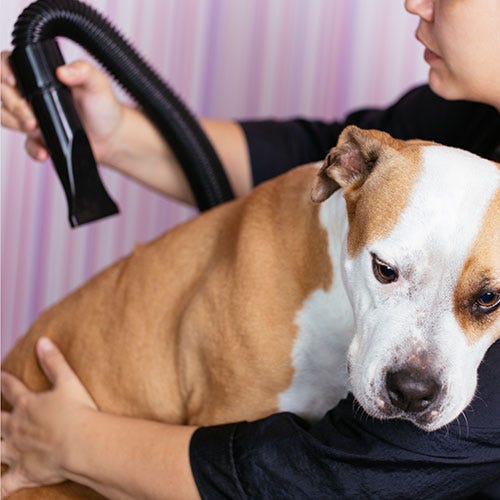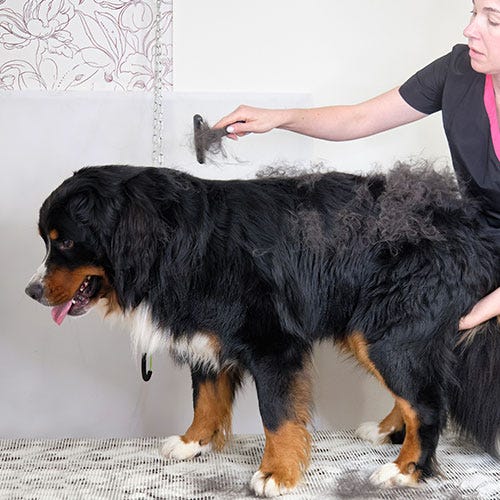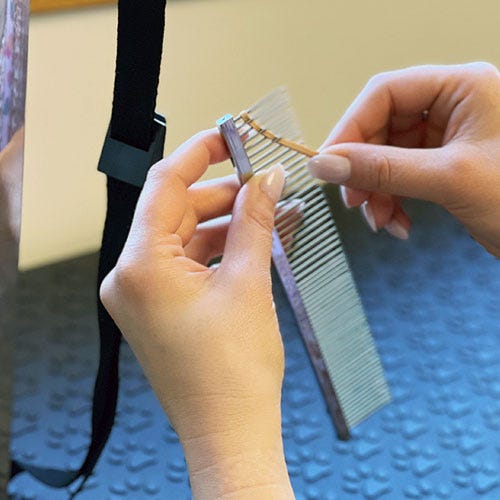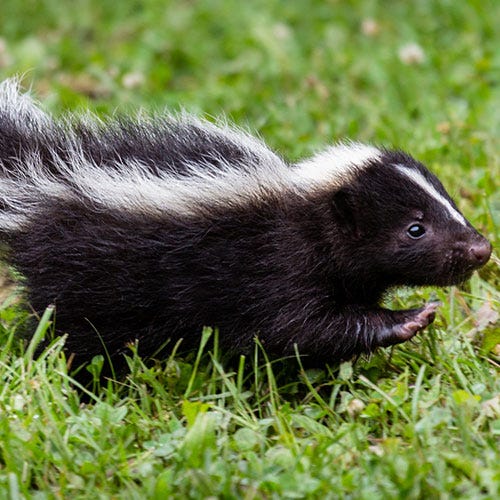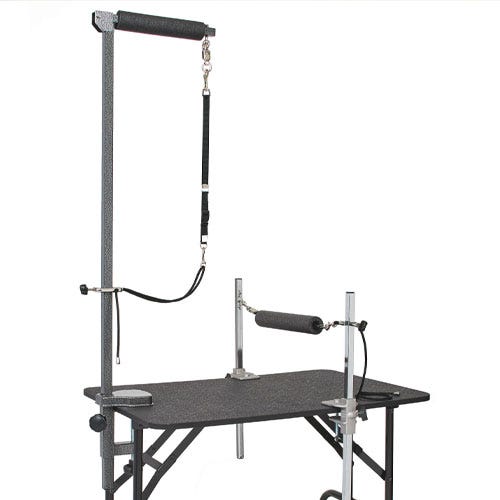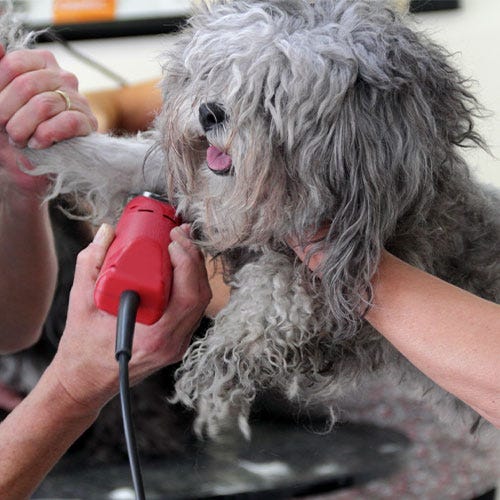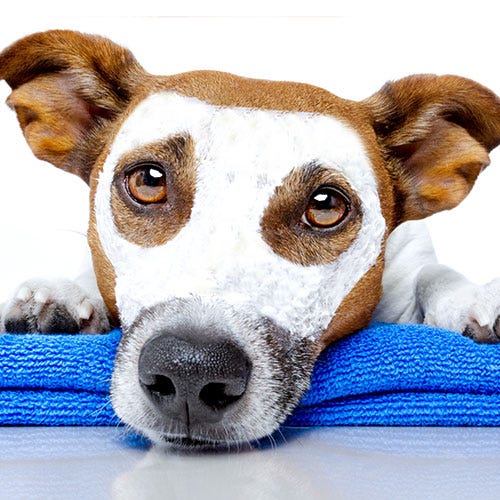Most people can’t resist the look of brachycephalic pets. Bulldogs, French Bulldogs, Pugs, Boston Terriers, Persians, Ragdolls, and Himalayan cats, to name a few. Those squishy faces. Those big eyes. They trigger something in our brains that makes us go, “Ohhhh!”
The Greek words for “short” and “head” are what make up the term brachycephalic. Pets with dramatically flat faces fall into the brachycephalic category. Along with the over-the-top cuteness factor are some more challenging aspects of the condition. Pets with shortened muzzles can suffer from brachycephalic airway syndrome. This means that some of them may have difficulty breathing normally.
Dogs and cats both rely on their airways to help maintain and regulate their body temperature.Neither species sweats as a primary cooling mechanism the way humans do. Instead, air comes in through the nostrils or an open, panting mouth. The air comes into contact with the moist mucous membranes and travels through the respiratory tract. The cool, moist air evaporates from the mouth and lungs. The dog's sinus cavities play a large role in this process, and it is easy to imagine that dogs with a long face and head (picture a Borzoi, for instance) would have a lot more room for the passage of cool air than one with a short head (picture a Pekingese.) In the feline world, if you compare the shape of a Siamese cat’s head with a Persian’s head, you can also see how dramatically the shapes differ. Even brachycephalic pets that breathe without an obvious struggle under normal conditions need special care while being dried to ensure they can maintain proper body temperature.
In the grooming atmosphere, understanding the way a pet's anatomy affects its ability to breathe and regulate its body temperature is important knowledge. In general, brachycephalic dogs and cats should never be cage-dried, certainly never with a dryer that has a heating element or produces warmer than room temperature air because of the air moving over a warm motor. The pet's reactions to hand drying should be carefully monitored as well. Brachycephalic pets should be hand-dried with room temperature dryers, or if cage-dried, only fans should be utilized.
Know the signs of what a dog or cat that is showing signs of heat exhaustion looks like. In cats, any panting while being groomed is a sign of extreme stress. Grooming should be suspended immediately, and the cat placed in a cool, dark, quiet place where it can be carefully observed while it rests. In dogs, excessive panting, a noticeably flattened tongue, redder than normal tongue and mucus membranes in the mouth, drooling and anxiety are all warning signs that the pet is in distress. Stop the drying process and follow first aid procedures to cool the pet.
Having knowledge of the anatomy and cooling process of the pets we groom is vital information that helps us keep the animals we care for safe.


